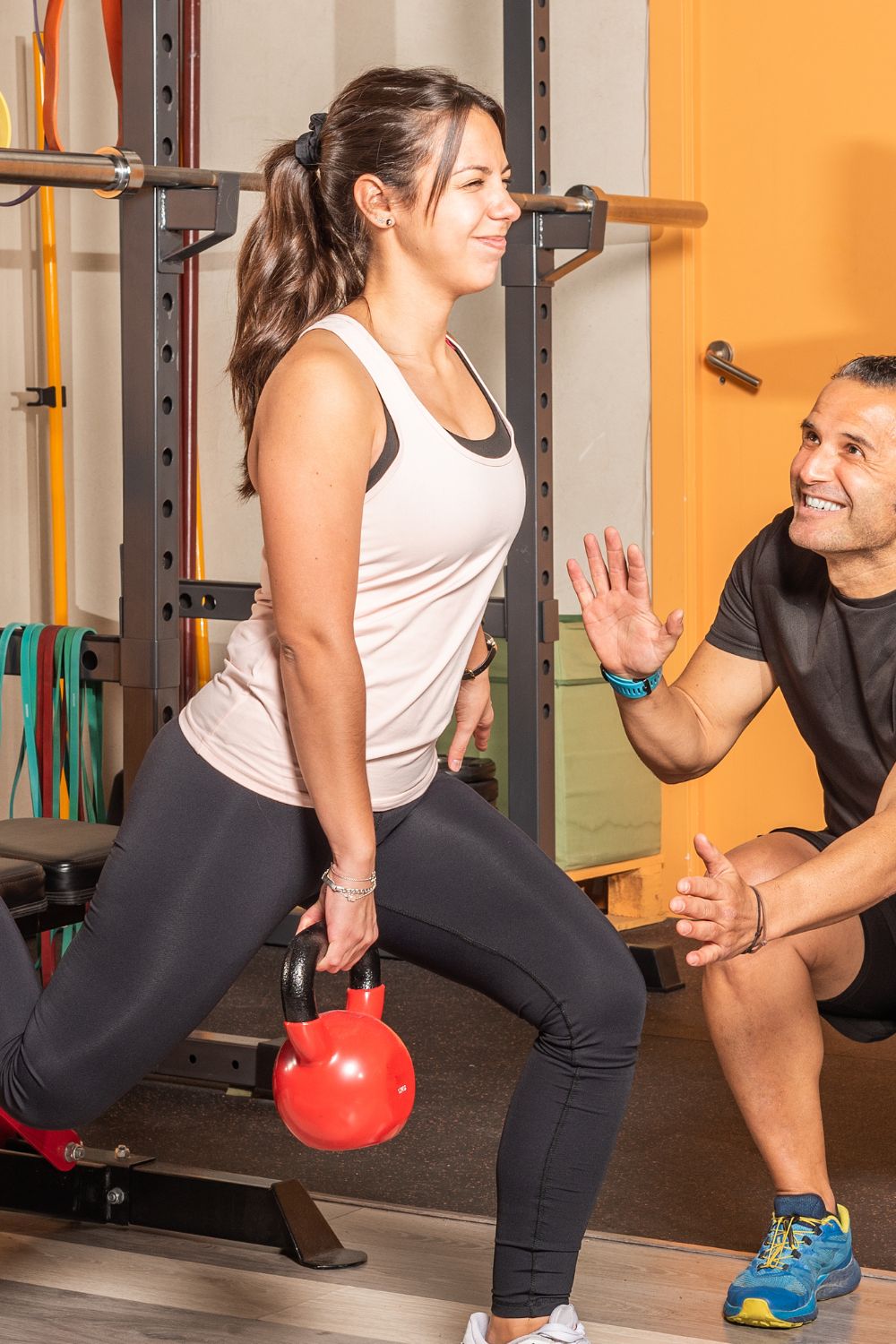Hey there, fitness enthusiasts! Today, let’s talk about that workout move that might just stir up a mix of excitement and dread: the Bulgarian split squat. We’ve all been there feeling a bit wobbly, trying to keep our balance while attempting this challenging exercise. But hey, before we decide it’s not for us, let’s take a closer look at what makes this squat variation unique, and how it stacks up against its more familiar cousin, the traditional squat.
Bulgarian split squats may feel challenging, but they offer a host of benefits that make them incredibly worthwhile. Let’s dive into why these squats might be intimidating yet valuable:

Hey there, it’s Mike Rrsq, the Editor-in-Chief over at Jsquat.com, and I’m absolutely obsessed with all things squat fitness! I’ve been lucky enough to get some serious recognition for my work in this field. With a solid background in the fitness and wellness industry, I’ve been there right from the get-go, helping shape this website into what it is today.
You see, I’m not just the boss around here; I’m also a passionate contributor. I love sharing my insights through my articles, and trust me, they’re not your run-of-the-mill stuff. Each piece I write is a labor of love, filled with my expertise and real-world experience in the fitness universe. So, if you’re into fitness and looking for some inspiration, you’re in the right place!

